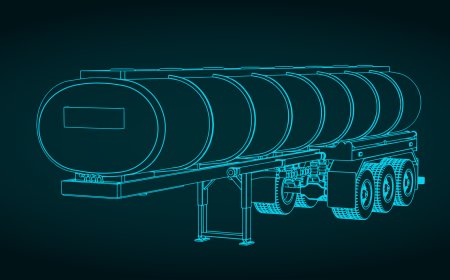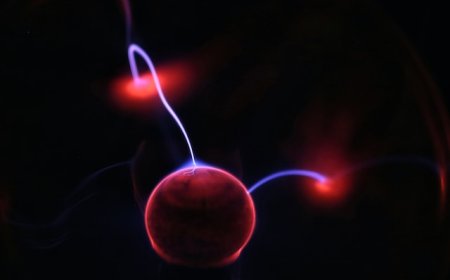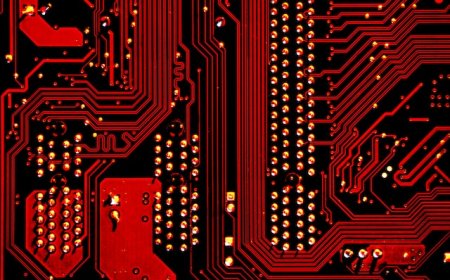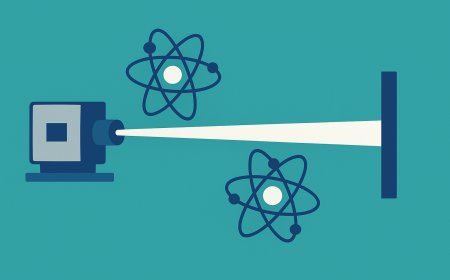How Lasers Work: Stimulated Emission and Light Amplification
Learn how lasers generate intense, coherent beams of light through stimulated emission and light amplification. Discover key components, types of lasers and their applications in medicine, industry and communications.

Harnessing Light: The Science and Applications of Lasers
Lasers are everywhere in modern life—from barcode scanners and CD/DVD players to surgical instruments, high-speed internet connections, rangefinders, and light shows. The word "laser" stands for "Light Amplification by Stimulated Emission of Radiation," and it describes the fundamental physics that make laser beams unlike any other light. In contrast to the diffuse, multi-coloured light from a bulb or the Sun, a laser produces a narrow, monochromatic beam of photons that march in lockstep, sharing the same wavelength, phase, and direction. This coherence gives lasers their remarkable intensity and precision.
The Physics of Stimulated Emission and Population Inversion
At the atomic level, electrons reside in discrete energy levels around a nucleus. When an atom absorbs a photon of the right energy, one of its electrons jumps to a higher, excited energy level. Eventually, the electron will return to its lower energy state, emitting a photon in the process. Most of the time, this process happens spontaneously: the emitted photon can head off in any direction with a random phase relative to other photons.
But Albert Einstein showed that there is another path: if an excited atom encounters a photon whose energy matches the energy difference between the excited and lower states, it can be induced to emit a second photon that is identical to the first. This is called stimulated emission. The new photon emerges in the same direction, with the same wavelength and phase, effectively cloning the original photon. When stimulated emission dominates over absorption and spontaneous emission, a cascade of identical photons can build up, leading to amplification of light.
For stimulated emission to dominate, a condition called population inversion must be achieved: there must be more atoms in an excited state than in the lower energy state. In nature, atoms tend to settle in their lowest energy states, so engineers must deliberately pump energy into a material to raise electrons into excited levels faster than they decay. Different lasers use different pumping methods: flash lamps or other lasers for solid-state lasers; electrical discharge in gas lasers; or electric current injection in semiconductor diodes.
Once a population inversion is established, the photons must be organised to produce a coherent beam. This is the role of the optical resonator, or cavity, which typically consists of two mirrors at either end of the gain medium. One mirror is almost perfectly reflective; the other is slightly transmissive. Photons bounce back and forth between the mirrors, making multiple passes through the excited atoms and triggering more stimulated emissions. Eventually, a portion of the amplified light leaks through the partially reflective mirror as the output laser beam.
Types and Applications of Lasers in the Modern World
The combination of stimulated emission, population inversion, and resonator design endows laser beams with several unique properties: they are coherent (waves are in phase), monochromatic (single, precise wavelength), highly directional (narrow beam that spreads little), and have high intensity.
Common Laser Types
-
Solid-State Lasers: Use crystals (like ruby or Nd:YAG) and are used in cutting, drilling, and medical procedures.
-
Gas Lasers: Such as lasers (industrial cutting) and lasers (barcode scanners).
-
Semiconductor Diode Lasers: Ubiquitous in consumer electronics, data transmission, and laser pointers.
-
Fibre Lasers: Efficient, compact, and increasingly used in materials processing and telecommunications.
Real-World Utility and Safety
Lasers enable countless technologies:
-
Consumer Electronics and Data: They read optical discs and power the fibre-optic cables that form the backbone of the internet.
-
Medicine: Lasers perform delicate surgery, including LASIK eye procedures and tumour removal, and are used in dermatology.
-
Industry: High-power lasers cut, weld, and engrave materials with extreme precision.
-
Science: Used in advanced measurement (e.g., lidar) and major research projects like the LIGO gravitational wave detectors.
Despite their utility, lasers demand respect because of the concentrated energy they emit. The International Electrotechnical Commission (IEC) classifies lasers from Class 1 (safe) to Class 4 (hazardous). Always avoid direct exposure to a beam, wear appropriate protective eyewear, and be mindful of reflections to ensure safety.
What's Your Reaction?













































































































